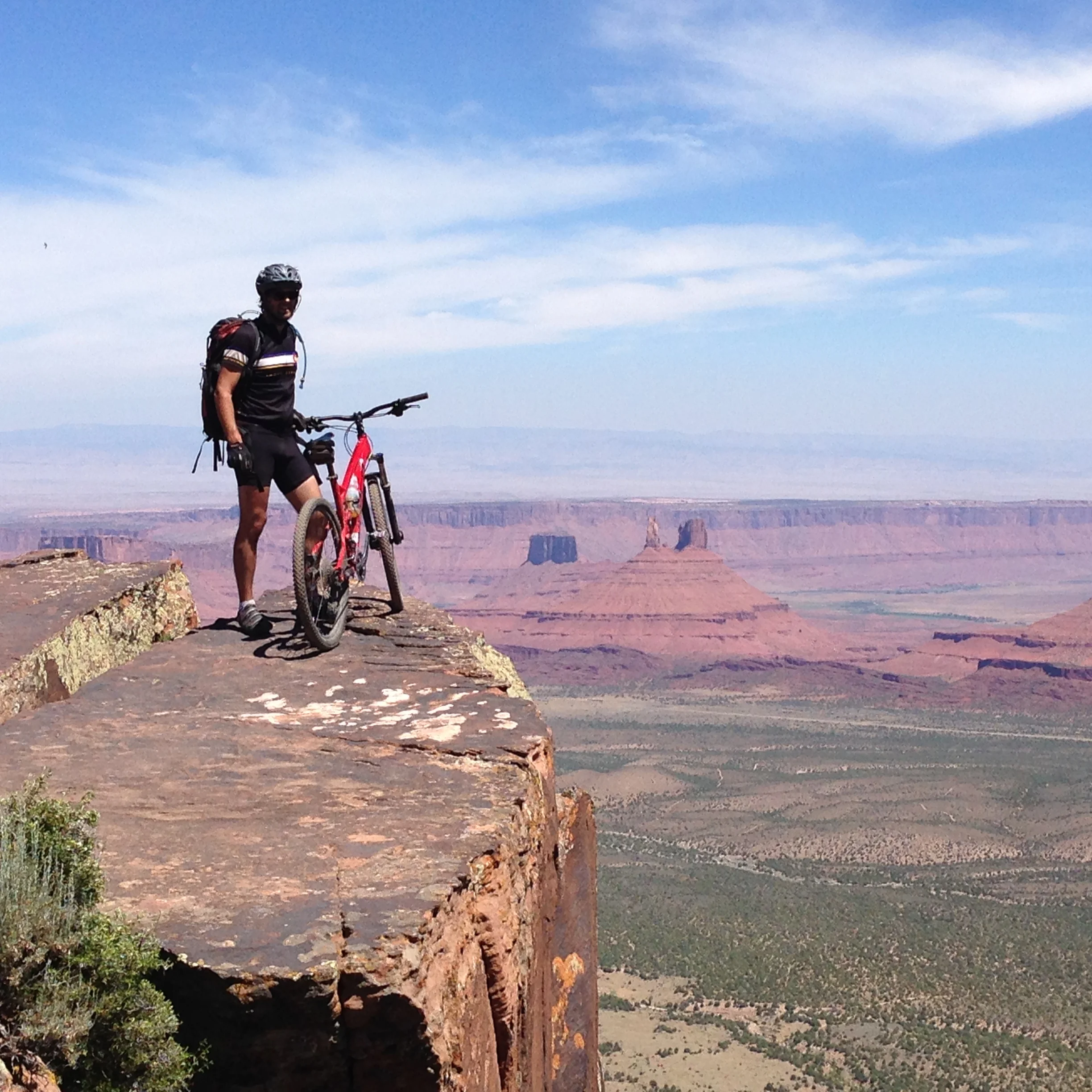For the past month, I've been in love with Austin. And, really, it has nothing to do with the city, but the fact that within fifteen minutes of my house, I can be clipped in and ready to ride some of the most rewarding single track mountain bike trails I've ever ridden. In late December, I brought my single speed 29er to Austin and since then, I've wasted no time trying to explore what this landscape has to offer.
Now, growing up in Minnesota, we know a few things about single-track: tight corners, quick climbs, fast chutes, and a fair share of obstacles. Throughout college in Oregon, riding was a whole different beast: lots of speed down steep descents, grueling climbs up switchbacks where it's useful to have a set of gears. But many of Austin's trails seem to hit a sweet spot right between the two riding styles: tons of rock beneath the rubber, technical drops where the front suspension soaks up a good 5" of travel and just enough of the woody stretches of twisting single track to keep the heart pumping for a solid endurance ride.
In writing this, I feel like a total meat head. I also feel like I should be using words like gnarly and wicked. I guess I'm just excited to be back in the saddle and happy to see that I haven't grown too far out of my 18 year old self.




















